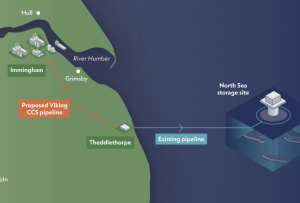Profits up at Cape

CAPE, the industrial services group, has announced that its half year profits were up almost 30% boosted by diversification into new international markets and a cost reduction plan.
In the six months to June 30, the Wakefield-based group’s adjusted profit before tax was up 17.5% to £35.5m compared to £30.2m over the same period last year.
Adjusted operating profit margin increased to 12.1% from 10.5% in 2009, reflecting benefits of geographic diversification and restructuring.
Pre-tax profits increased by 27.6% to £34.7m.
Cape said that 76% of revenues were generated from the energy and mineral resources sectors and that adjusted diluted earnings per share were up 16% to 21p.
For the latest AIM and FTSE news, plus the Yorkshire risers and fallers, go to our Shares & Markets section. Click here
Basic earnings per share were up 30.1% to 21.6p compared to 16.6p in the first half 2009.
Free cash flow was up 20.0% to £19.2m with an operating cash conversion of 72.7%.
The group said that its balance sheet continues to strengthen with net debt reducing by 37.2% to £95.1m.
Chief executive Martin May said: “Over the first half of 2010 Cape delivered a record operating and financial performance with a 18% increase in adjusted PBT and a 16% increase in adjusted diluted EPS.
“These results reflect the benefits of our bundled service proposition, the group’s recent geographic diversification into Asia and Australasia, and a series of restructuring and cost reduction initiatives.
“In overall terms revenue is in line with our plan, with growth in the Far East/Pacific Rim of 28.6% largely offset by an anticipated reduction in the Gulf/Middle East Region.
“Operating margins improved despite a more competitive pricing environment. The achievement of our debt reduction target and the reinstatement of dividend payments after a ten year absence highlight both the cash generative qualities of the business and our confidence in its future.”
Cape said that its strong performance in the first half of the year and the high level of revenue visibility gives the board confidence that the full year outcome will be “at least” in line with expectations.








